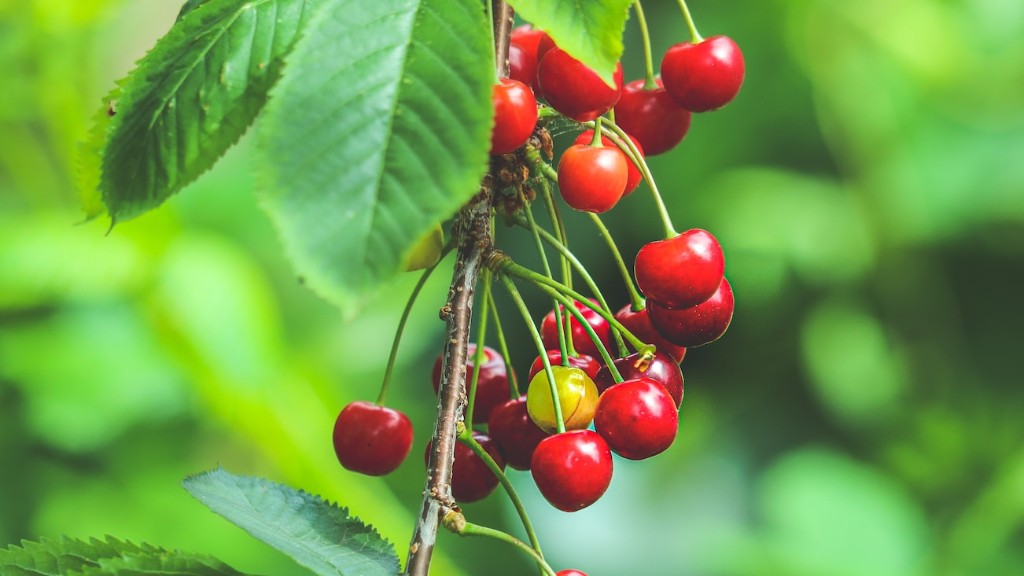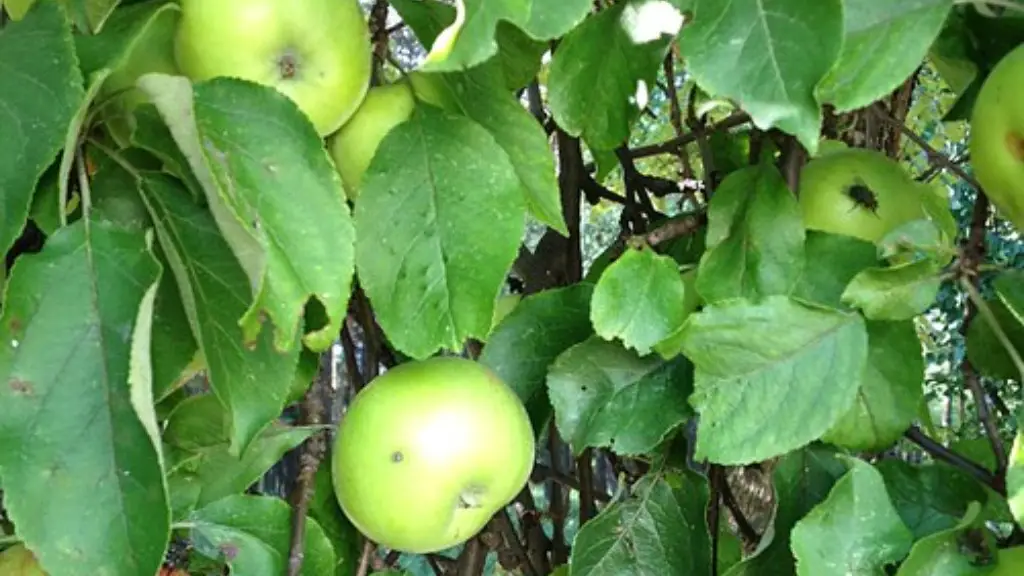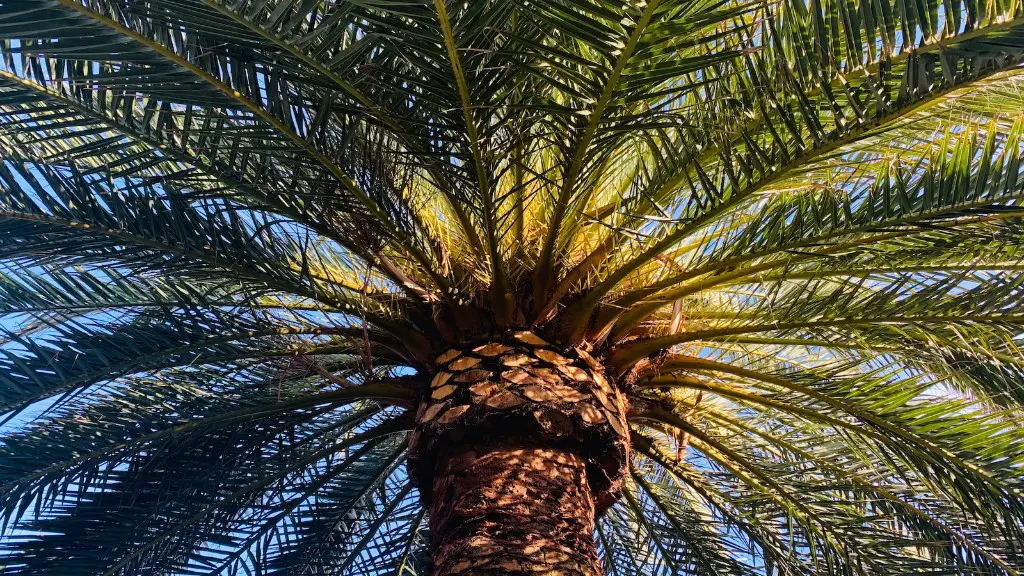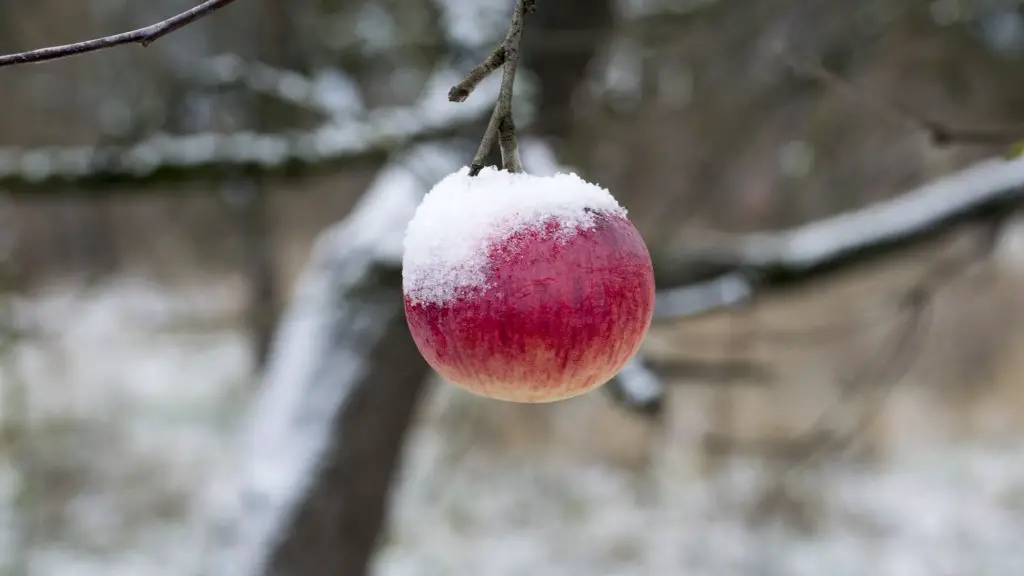Growing cherry trees doesn’t need to be a difficult task when followed step by step. The transplanting process should begin with understanding the optimal time to move the tree to its new location. From soil preparation to criteria for selecting a transplant site, below provides essential knowledge for anyone interested in transplanting cherry trees.
Cherry trees, both sweet and tart, are groomed and maintained to ensure they survive and thrive in their new home, and the right time to transplant them can ensure a successful move.
Weather Conditions
The most appropriate time to transplant cherry trees is early spring to late autumn, when the weather is mild and not too hot, as the tree roots need to be able to grow and settle into the new soil quickly. Professional horticulturists suggest transplanting cherry trees before buds burst in the late winter and early spring.
Before moving a cherry tree, it’s necessary to adequately water it the night before, to help the tree better tolerate transplant shock. If a professional gardener is hired for the process, it is important to confirm that they are familiar with the weather conditions necessary for transplanting cherry trees.
Soil Preparation
Preparing soil for the transplant is as essential as the weather conditions. For cherry trees, soil that is rich in nitrogen, phosphors, and potassium is optimal, as these are the three main nutrient components vital for the overall health of the tree. Moreover, sandy or loamy soil with ample drainage is especially beneficial because cherry trees don’t tolerate wet soil due to their roots suffering from rotting. Compost can also be used to give the tree more nutrients.
Good preparation of soil can also be done with farmyard manure, as well as any other organic material to help feed the tree. After carefully preparing the soil, it is important to provide plenty of water for the newly transplanted tree. The process of tree transplantation can be done safely, but the soil preparation must be done correctly for the success of the tree.
Site Selection
Choosing the ideal site for transplanting a cherry tree is important. The site should not be too close to buildings, to ensure that roots have plenty of room to spread out and reach its full potential. The area should also be well-ventilated, preferably in an area with partial shade. The tree itself should be carefully inspected to make sure it is healthy and not suffering from disease.
When selecting a site, one must first identify the size of the root system in order to determine how much room the tree will need to settle and thrive. Also, growers should take into consideration how the tree will fit into the landscape and that no buildings or other trees will be affected in the process. It is best to pick a place that the tree can grow undisturbed and with adequate sunlight.
Selecting the Transplant Site
To get the tree safely transplanted, one must choose a transplant site that has well-draining soil, preferably on a sloping surface. The site should also have plenty of room for the roots to spread out and not become too cramped. In a wooded area, this can be accomplished by creating a patch of soil that is clear of tree roots, stones, and large rocks.
Finally, the time of year must be taken into consideration when selecting a transplant site. The best time to transplant cherry trees is just before buds burst in the late winter and early spring. However, trees can also be moved in the late autumn, when temperatures are mild.
Preparing the Tree for Transplant
Once the tree is ready to move, growers must bring along the necessary tools to properly prune the tree and re-pot it. Pruning the branches and trunk of the tree is very important for proper transplantation. Additionally, one must also cover the root system of the tree with moist lumbering and wrap it with burlap or plastic to avoid shock.
Before planting the cherry tree, it is advisable to divide any large roots to improve the potential chances of the tree to take hold in its new environment. Finally, the tree should be placed in the ground and the soil should be filled and lightly piled up around the base of the stem to provide the tree with much-needed nutrients and support.
Watering and Fertilizing a Transplanted Tree
Once the tree has been transplanted, it is important to water the tree regularly in order for the tree to properly adjust to its new home. When done correctly, the process of transplantation does not normally take long, and the tree is able to become acclimated to the new environment quickly.
Fertilizing the tree is also a recommended step for optimal growth and is best done in the second spring after transplanting has taken place. The amount and type of fertilizer used depends on the size of the tree and the kind of soil in which it is planted. However, it is important to use organic fertilizer, as too much synthetic fertilizer can damage the root system.
Inspection After Transplanting
After the tree has been transplanted and fertilized, growers must continue to keep an eye out for any signs of shock, insects or diseases that may have been brought along in the process of transplantation. If any problems are found, immediate action should be taken in order to help the tree remain healthy and thriving.
Overall, successful transplanting of a cherry tree requires the proper time and the correct steps to be taken. From choosing the right soil to inspecting the tree after transplanting, following the steps above will assist in having a successful transplant.
Tools and Equipment
Before attempting to transplant a cherry tree, one should gather the necessary tools and equipment. These can include a shovel for digging, a trowel for loosening the soil, a pruning saw for trimming the tree’s branches, and a hose for watering it afterward. An all-purpose plant nutrient for fertilizing the newly transplanted tree may also be needed.
It is beneficial to use the tools and equipment necessary for transplanting a cherry tree to ensure that the process goes smoothly. Professionals may also be hired to help, who can save time and ensure the tree is planted correctly in its new home.
Protecting the Transplanted Tree
To help protect the transplanted tree, growers can mulch around the tree’s base and use additional organic matter such as straw or compost. This layer of mulch should be thick enough to not only insulate the tree’s roots, but also to help suppress weeds and retain moisture in the soil.
Furthermore, in order to keep the cherry tree safe from pests, it should be given regular applications of insecticides and fungicides that are approved by the local government. If the tree is planted in an area where there is a lot of traffic, one should also consider using a protective barrier such as plastic to prevent injuries to the tree.
Conclusion
Transplanting cherry trees is a process that requires knowledge and patience. From properly preparing the soil to selecting the right equipment, following the steps above will ensure that the tree will be safely transplanted and able to thrive in its new environment.




